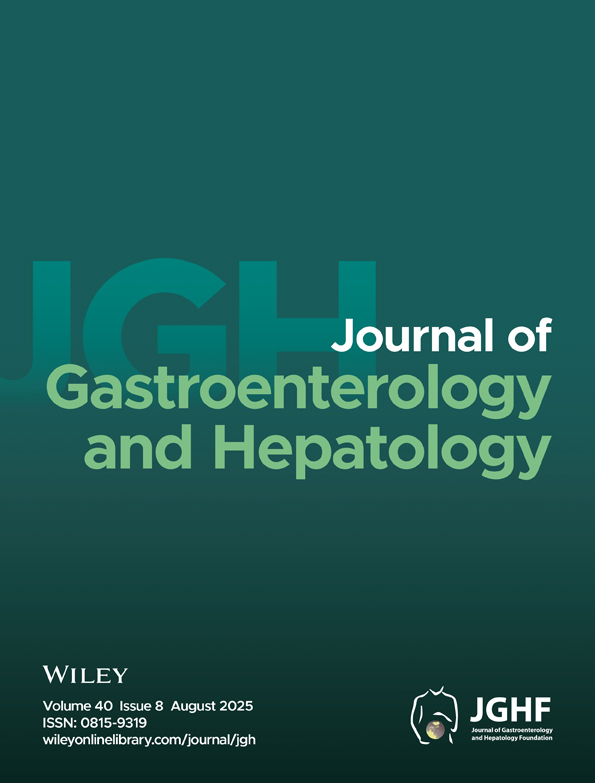Buried bumper syndrome: Old problem, new tricks
Abstract
Buried bumper syndrome is a rare complication of percutaneous endoscopic gastrostomy (PEG). The condition results from excessive tension between the external and internal bumpers. Several attributing factors may predispose the internal bumper to embedding in the gastric or abdominal wall. Surgical treatment was a reasonable approach to remove the internal bumper. The novel endoscopic method of exposing the buried internal bumper and subsequent removal using a needle knife sphincterotome has been reported. A radiological technique of removing the buried internal bumper was also recently described. We report two cases of buried soft-tip bumpers that were easily removed by external traction without the need for surgical, invasive endoscopic or radiological methods of removal. In the first case, the original tract was incompletely closed, allowing a new PEG tube to be inserted via the same route. In the second case, an adjacent site was used for the re-insertion as the original tract had completely closed. Both cases illustrate the ease with which the buried bumpers were removed. The advent of externally removable internal bumpers reduces the need for endoscopic or surgical removal of buried internal bumpers.




